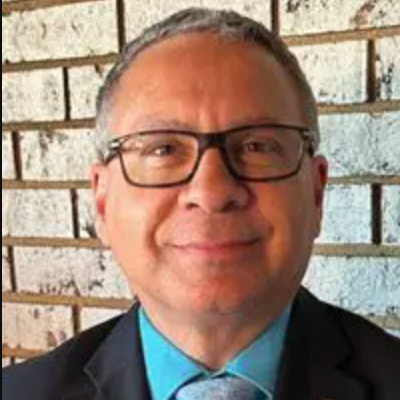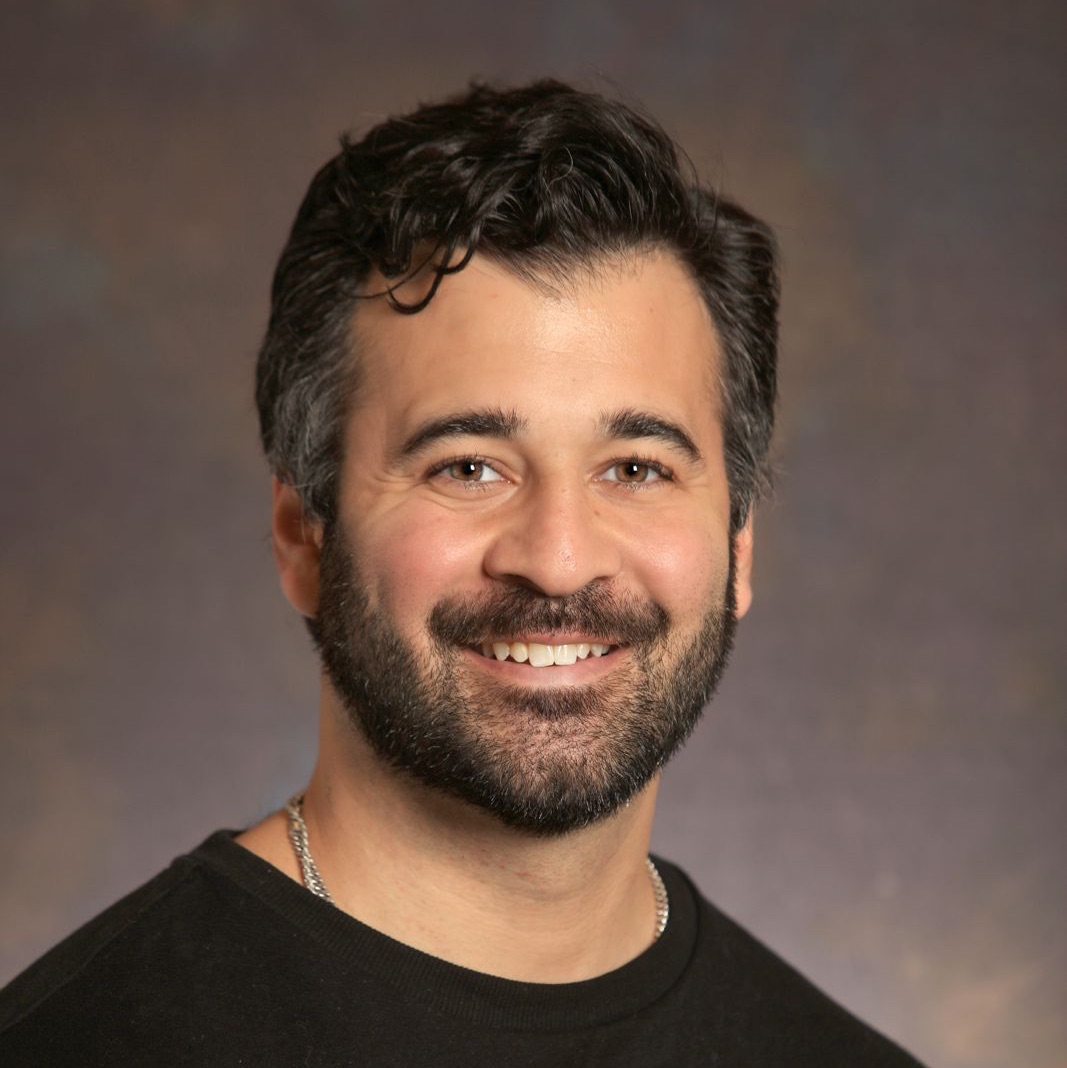#46 – Iredell-Statesville’s Tim Woody on Building Career Pathways for Students to Graduate Employed, Enlisted, or as Entrepreneurs [VIDEO]

On This Episode

Guest: Tim Woody
Executive Director of High Schools and CTE, Iredell-Statesville Schools

Host: Michael Vilardo
Co-Founder and CEO of Subject.com
Episode Transcript
Guest: Tim Woody, Executive Director of High Schools and CTE, Iredell–Statesville Schools
Host: Michael Vilardo, Co-founder & CEO of Subject
Michael Vilardo (00:12-00:43):
Welcome back to another episode of On the Subject. I’m Your host Michael Vilardo. You can find us at Subject, Subject.com and Subject.ai. Just launched today and we are so excited to have an incredible guest here today. We have gone around the country highlighting innovative educators.
Today we have a home show in L.A. at our LAHQ, but we have a surprise guest from North Carolina. We have the Executive Director of High Schools and CTE, Tim Woody of Iredell, Statesville. Thank you so much for your time today.
Tim Woody (00:43-00:45):
Yes, thank you, Michael. I appreciate the opportunity.
Michael Vilardo (00:45-01:08):
So I really appreciate CTE and leaders in this space, because especially you go back 20, 30 years ago in high school education, we were all pushing that. You have one way to be successful. And CTE has been able to develop so much more tangible, monetizable skill sets than any other new form of education. How did you get into it? how did you blaze a trail in this innovative space?
Tim Woody (01:09-03:29):
Well, it started out being I was a math teacher and then went into administration after about five years in the classroom and really had a love for high school, for teaching math. So I’ve really been in the high school space, except for a short stint in middle school. Kudos to anyone teaching middle school. You earn that. So I think that really, for me. Being a high school principal really got me into really being student centered. And that approach for me, from a teacher through being in administration, is always about the student.
And CTE is such a great space that when I elevated from administration and wanted to go to the Central Office, that was an opening that I applied for. And say, hey, I know a little bit about it from a building, so I’ll go wide scale. And I think just getting into it and realizing and coming at it from a student centered perspective allowed me to see very quickly that we were missing the boat on that in some areas. So we really started working on a career development continuum, what I call the eight degrees of E, where we really start with kindergarten through fourth grade. Just getting them to think about high level careers outside of a fireman, a police officer or a doctor. That, you know, young kids always think about. And then when they get into fifth and sixth grade, we really want to expose them to as much as we possibly can.
And then in seventh and eighth grade, we want them to take something they’ve been exposed to and explore deeper, ninth and tenth grade. We want to take them something they’ve explored and liked to give them some experience of that through virtual job shadowing. So then Michael, at the end of the tenth grade. They’re able to tell us which e they want to graduate on. Are they going to be employed, enrollled, enlisted, or be an entrepreneur when they graduate high school? Because we feel like if we had that information at graduation, I mean at the tenth grade, those last two years. We can help them be value added and be value positioned at post -secondary to really make their dreams happen.
And so we have to do a lot more guiding and have a lot more conversations with their kids because it is about them. I mean, it’s not about what I want them to be, or it’s not about the class. I happen to have an opening in that I need to put a kid in, and that happens sometimes. But we really have to have a conversation around kids. And it’s just that commitment of student centeredness that really keeps me on the edge of doing what we can do. And so that, coupled with finding cutting edge technology that we can add into CTE to make kids want to be engaged in. That tactile, hands on piece of CTE. Really connects and resonates with a large population of our kids.
Michael Vilardo (03:29-03:38):
That’s really well said and impressive articulation. What are the most popular pathways in North Carolina, and how do you think that differs versus other states?
Tim Woody (03:38-04:21):
Well, I think depending on, I think the region of work that you have, and for us in our little state school schools in the region. Advanced manufacturing is number one for u.s. health science is number two, information technology would probably be number three, and logistics is really coming in at number four.
And I think for us, the really diskonnect between parents, kids and education today is really in the advanced manufacturing space. Parents see that as an old, dusty, dirty furniture, textile thing from 30 years ago. And you could eat off the floor of most of our manufacturing facilities today in North Carolina. But parents don’t get that. Kids can graduate making $40 ,000 a year right out of high school. Michael with zero debt.
Michael Vilardo (04:22-04:22):
That’s amazing.
Tim Woody (04:23-04:46):
North Carolina and you. You’d have to live on a budget, but you could still move out of mom and dad’s house, live on your own and be self -sufficient. And then that company is going to give you the chance to go and grow. Maybe go to college when you didn’t think you were going to right out of high school. It’s just a different avenue to get there. And so that’s been the bigger challenge for us, having that be the number one thing in our area. But it’s also the most misunderstood.
Michael Vilardo (04:47-04:58):
So what is a typical CTE student do? Do they go direct to the workforce, they go to trade school? What is, what is the makeup look like, and how do you advise your students?
Tim Woody (04:58-05:10):
I think for us, about 70 percent of our students do not go off to some sort of formal education after high school. So they are really looking at that, really employed or enlisting, or entrepreneurial.
Michael Vilardo (05:10-05:11):
Space that’s incredible.
Tim Woody (05:12-06:02):
And I think when they’re looking at that’s why making that decision in 10th grade about what either going to be on is so valuable. Because we want to value position credentials, certifications and those things, those last two years, so that they graduate, our superintendent says. I want our kids to graduate with as many credentials in their pocket as they can. Across the stage. Because we’re value positioning them for success at whatever they may do. And so we’re finding that a lot of hours are going directly into the workforce. We have been working on bolstering our apprenticeship programs and different things. The one thing we really need in our area is to get businesses to understand the value of internships and really how they can get connected with us. To get kids that chance on, to try it on before you buy it, kind of thing.
And so we’re really working that to kind of value position both business and industry, but also our students as well.
Michael Vilardo (06:02-06:31):
No, and I really appreciate how thoughtful you are about the professionalization of their lives and how important it is to have monetizable skill sets and be able to be self -sufficient. And you even talked about moving out of the home and being able to move up the career ladder. That’s why I’m a huge fan of CTE and really appreciate everything you’ve done. And you know, we always like to express gratitude here at Subject. I’m so thankful for you being here.
Who’s the teacher or student that you’d like to shout out and give thanks to in the camera to culminate the podcast?
Tim Woody (06:31-06:52):
I think for me, it would be Miss Dameron. Back when I was in junior high school. She brought me out of a shell that I was in, that I didn’t know I was in. Until she brought me out. And she got me into an oratory contest through the local Optimist Club, and from there, the walls just came down.
And here I am, so thank you, Miss Dameron.
Michael Vilardo (06:52-07:20):
Miss Dameron, thank you so much and look at how many people you’ve helped by inspiring this incredible educator here. We’re so lucky to have you here and thank you so much for everything you do for your students. Please like, comment, subscribe.
Spotify and YouTube’s where we’re trying to push our audience to hear more. Incredible educators like this, and especially CT. This is our first CT director. We’re so excited to highlight this incredible space in education more throughout the next coming episodes. Thank you so much for your time today.
Tim Woody (07:21-07:21):
Thank you.
Let’s talk about Subject
345 N Maple Dr. STE #130
Beverly Hills,
CA 90210, USA
Support
contact@subject.com
Academics
accreditation@subject.com
Customer Hub
Login
Support
Success Stories

